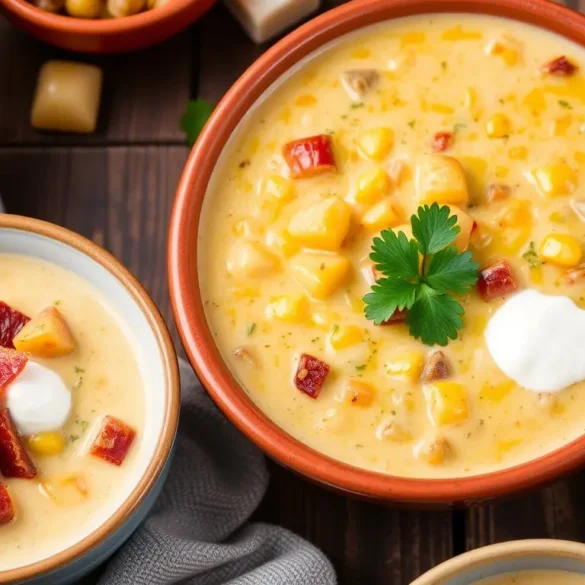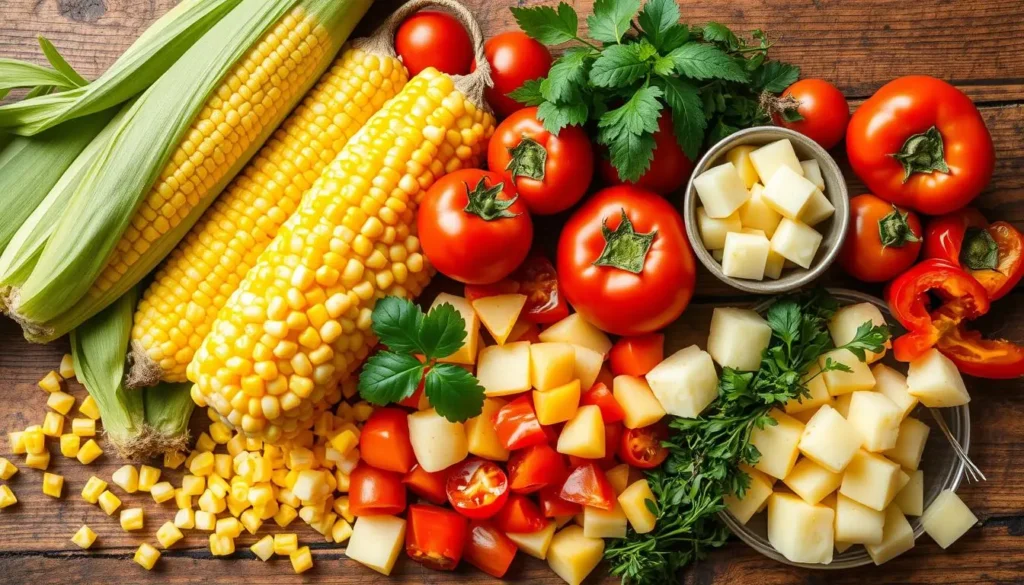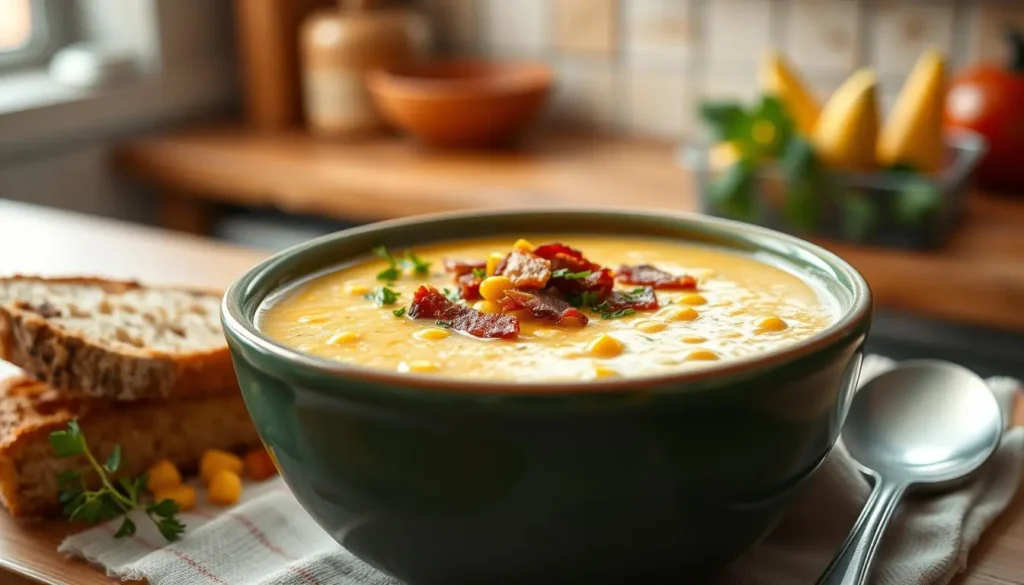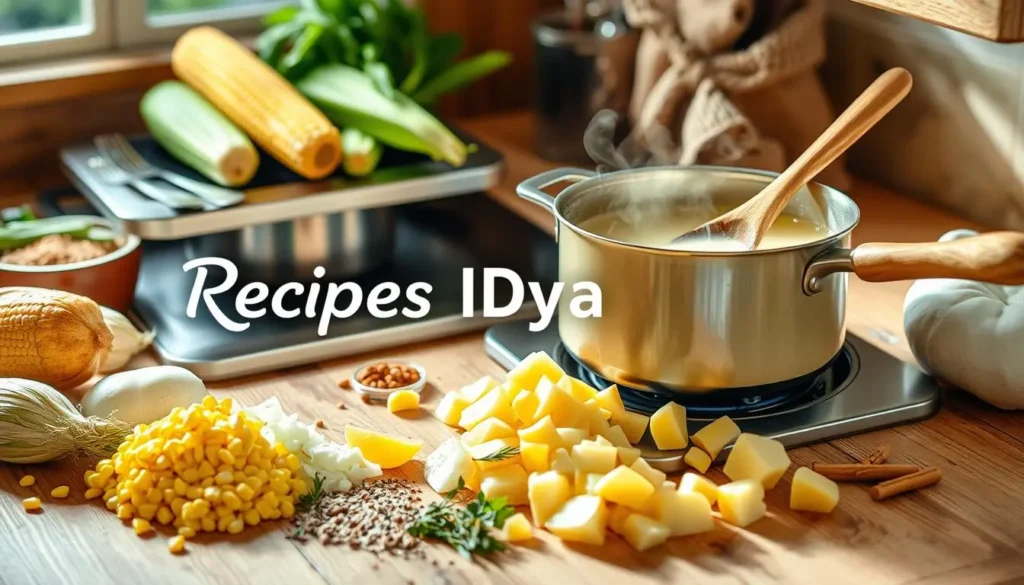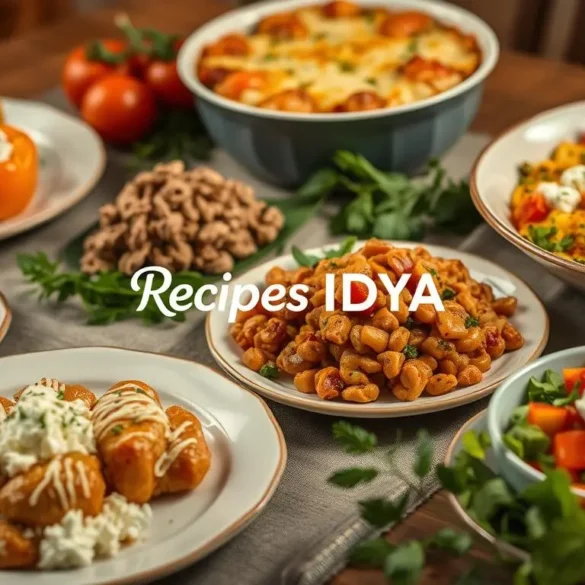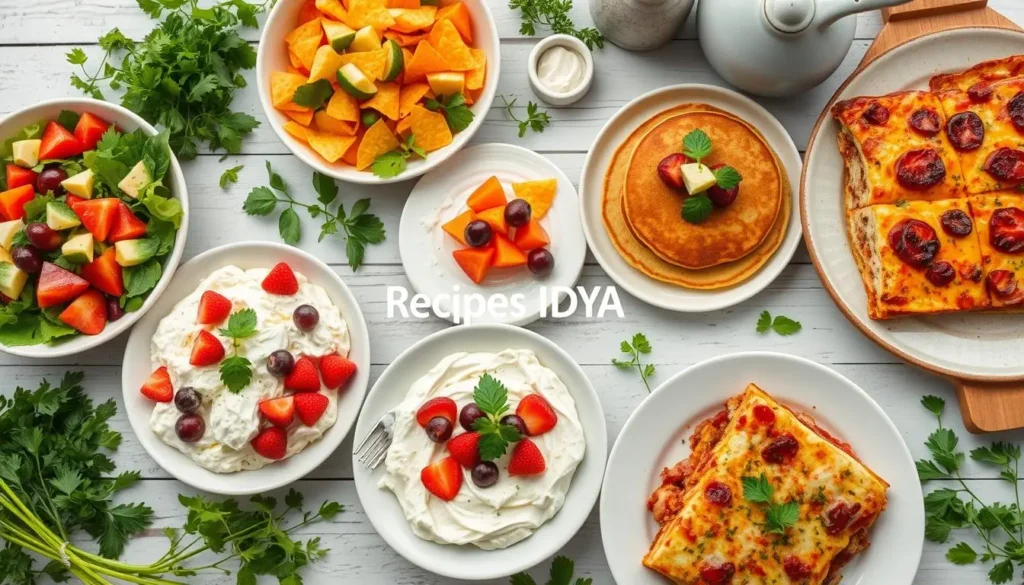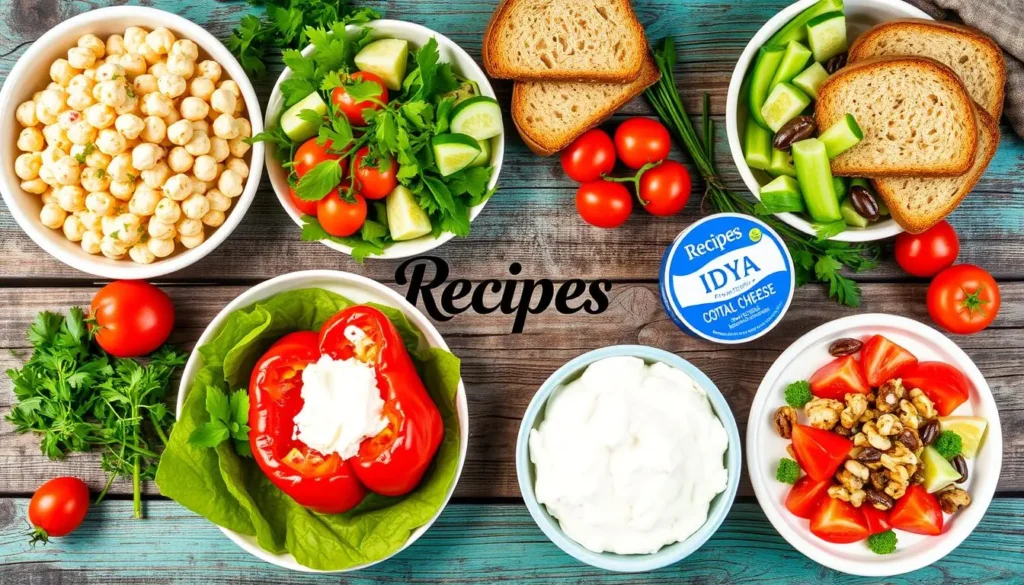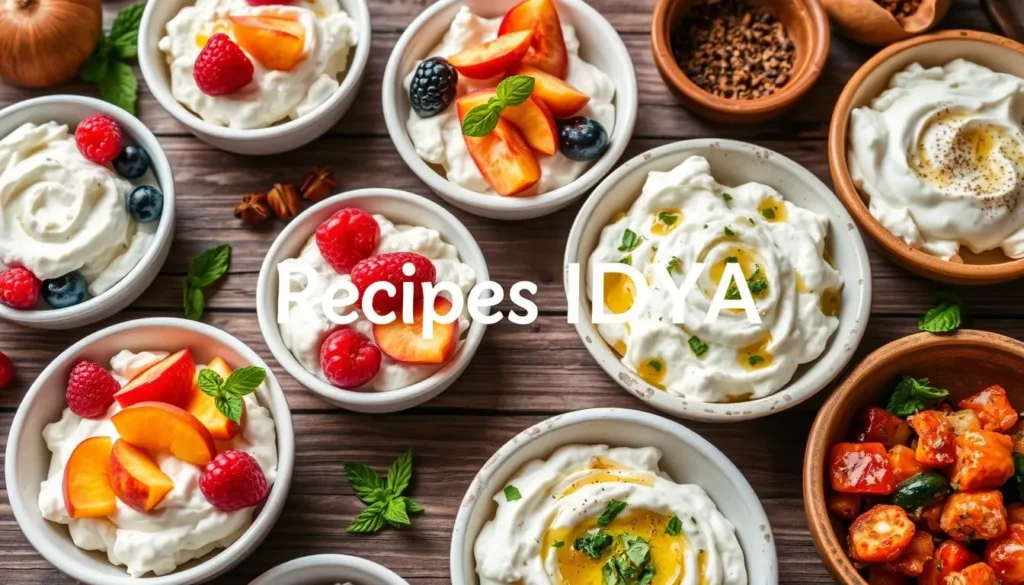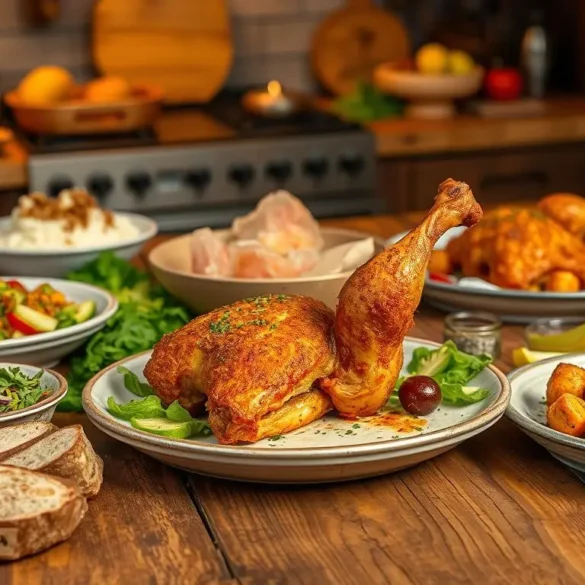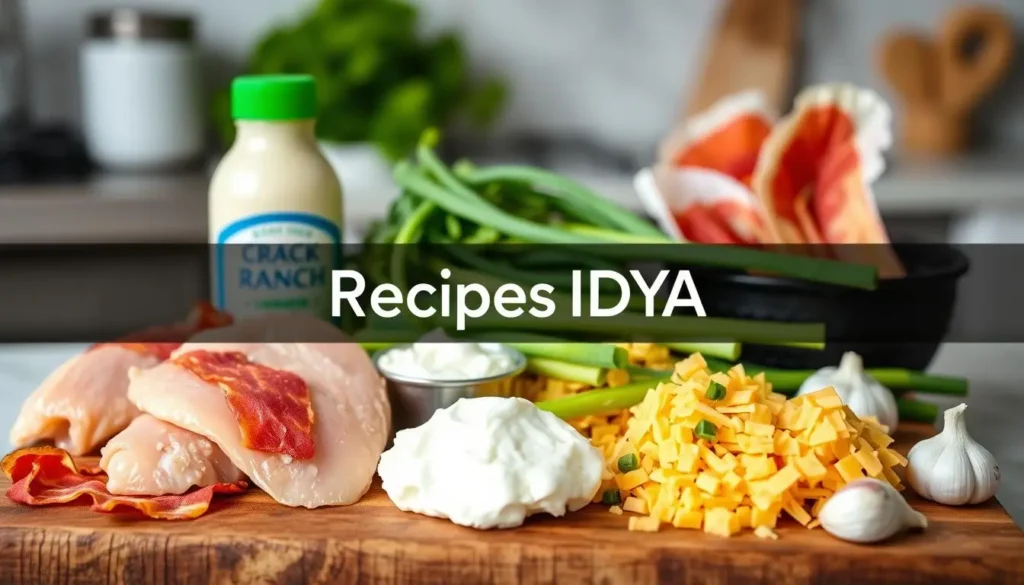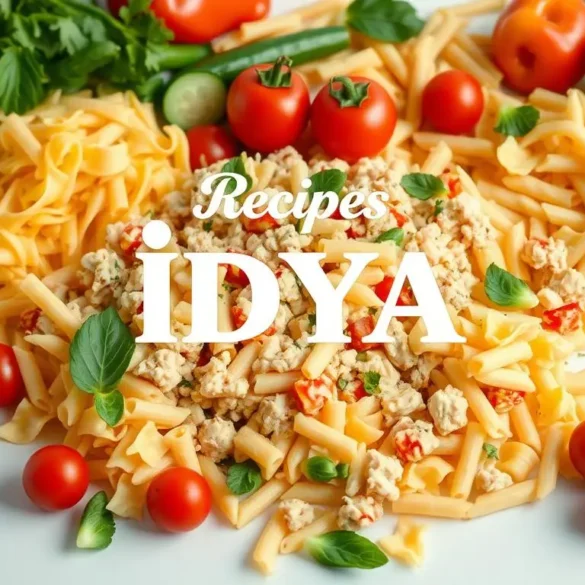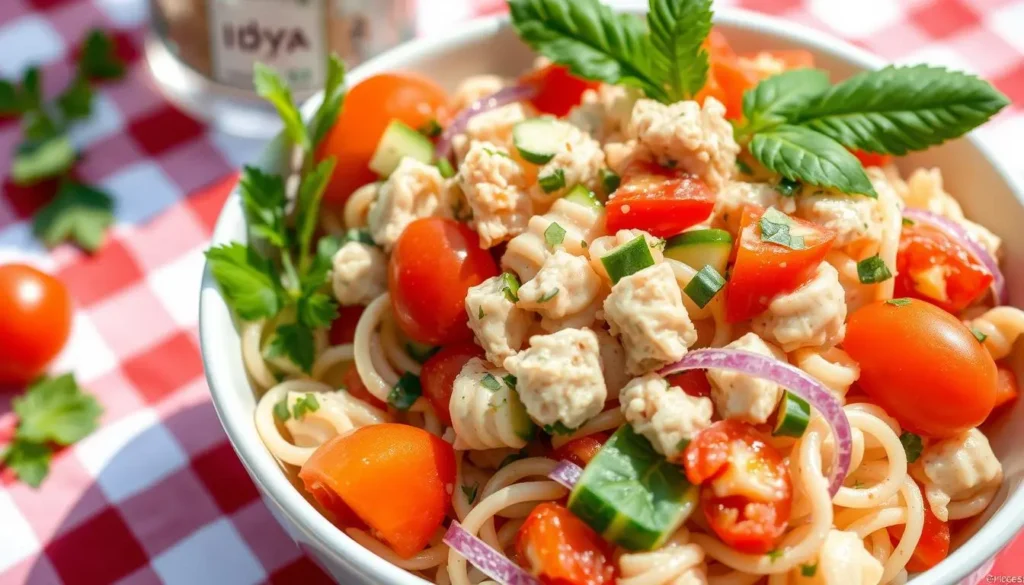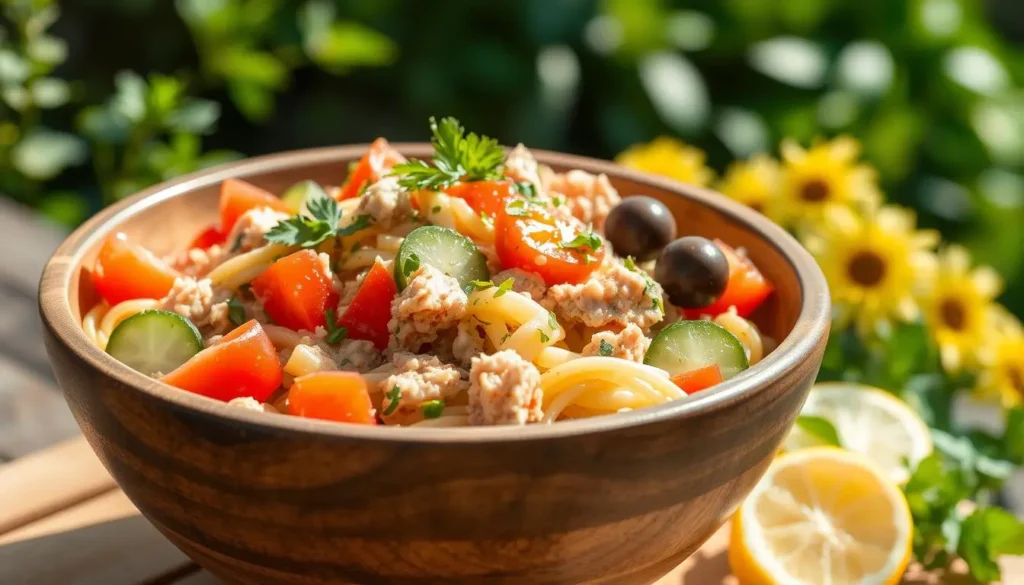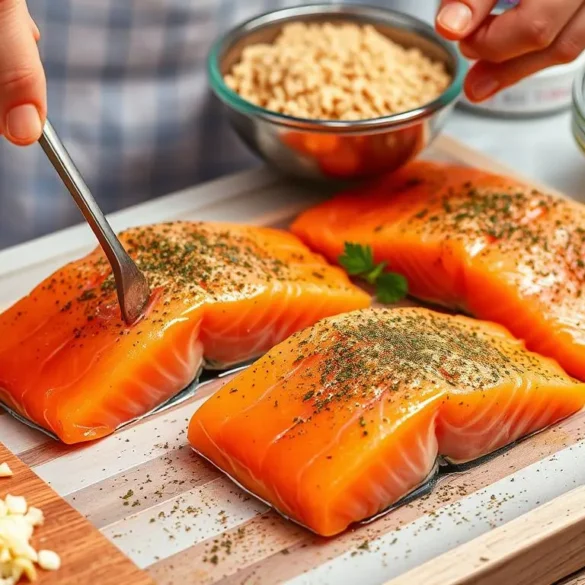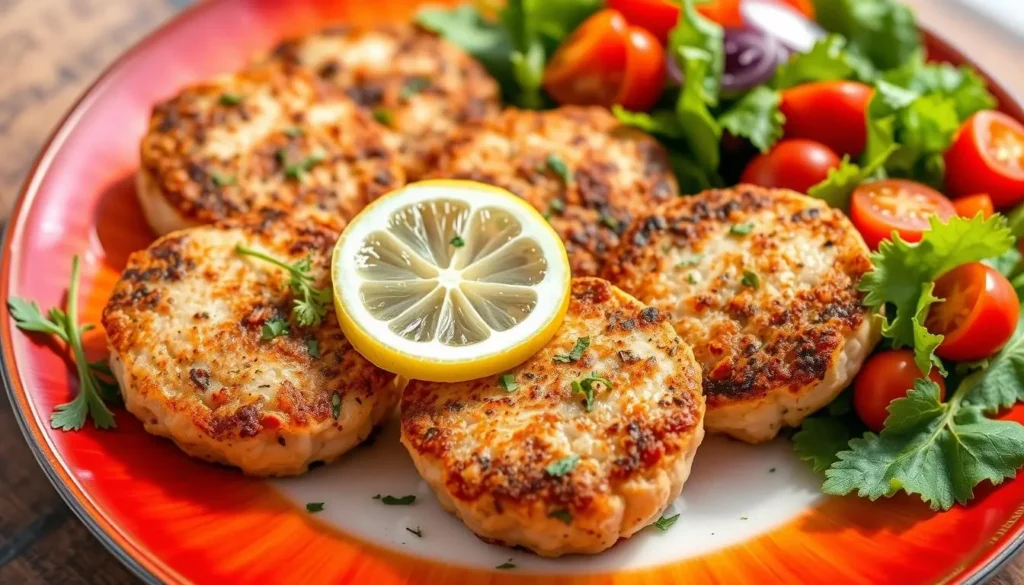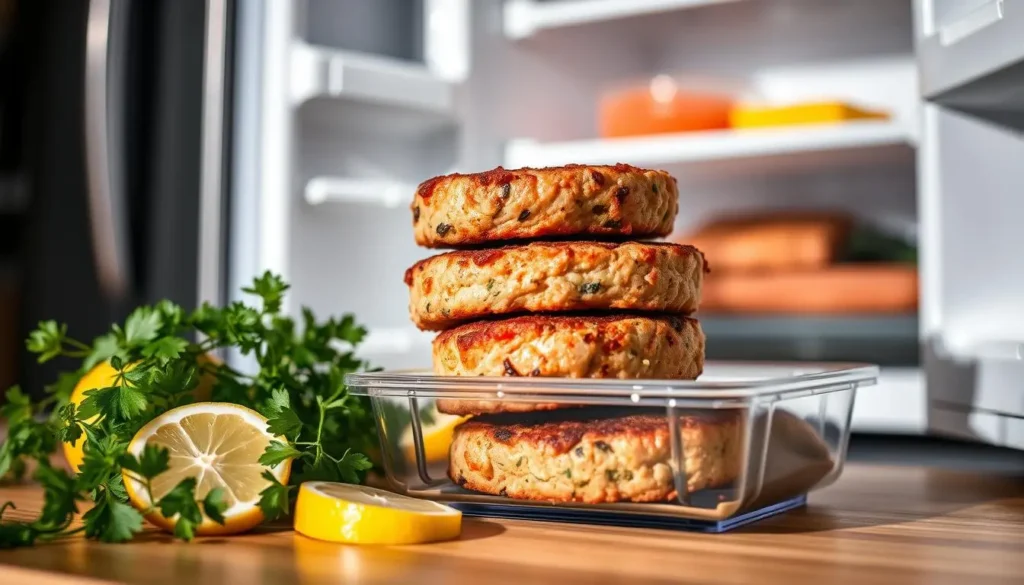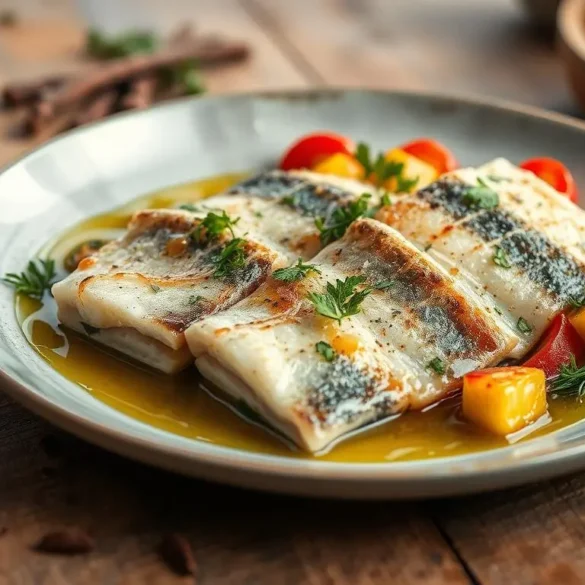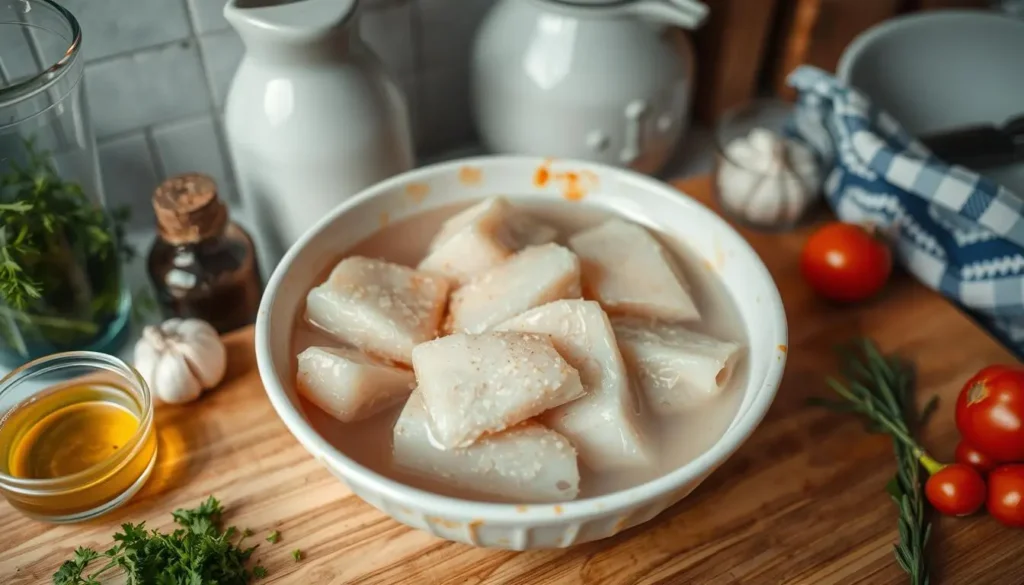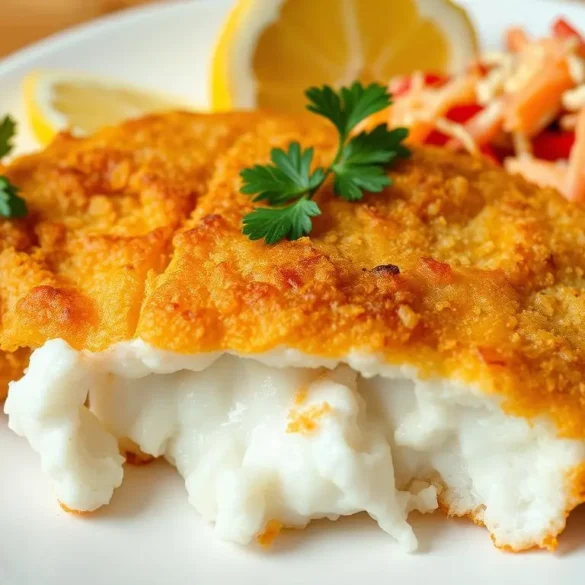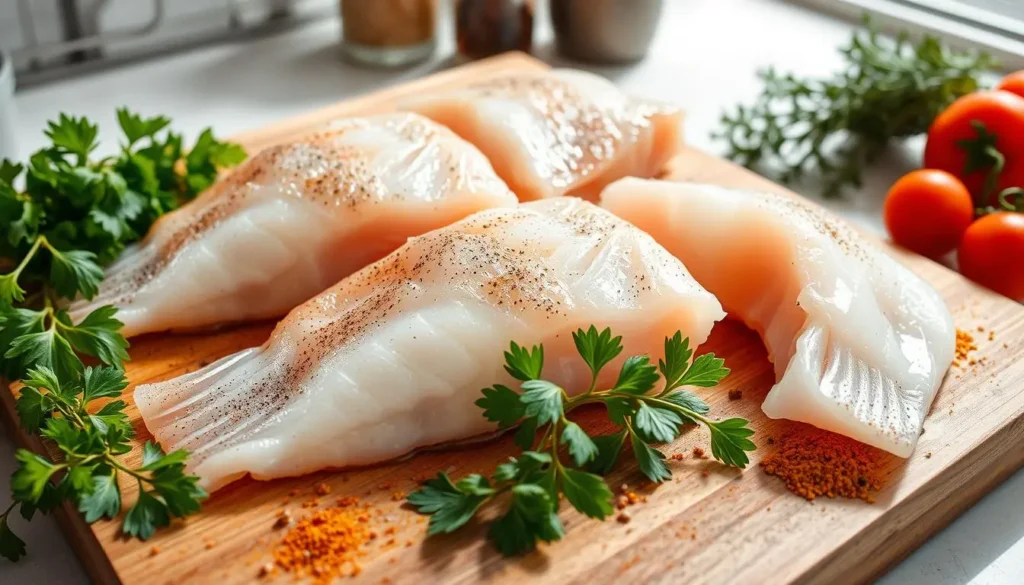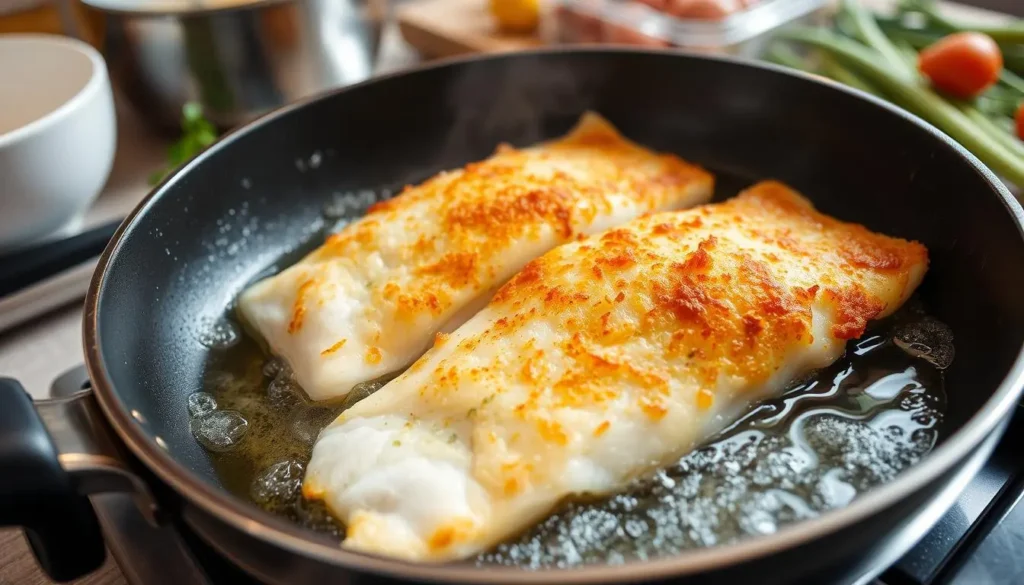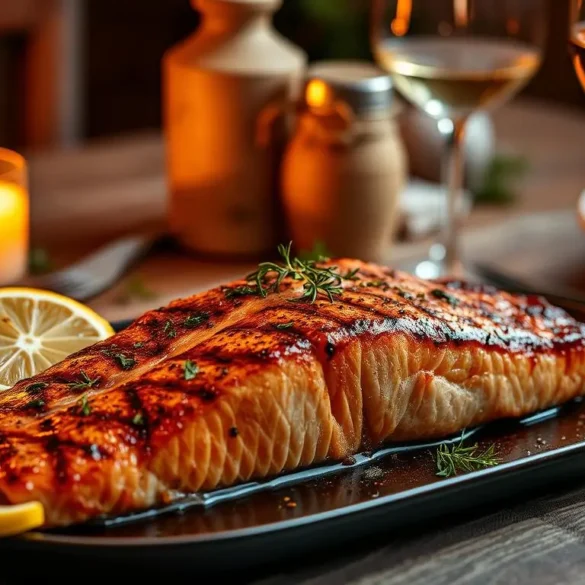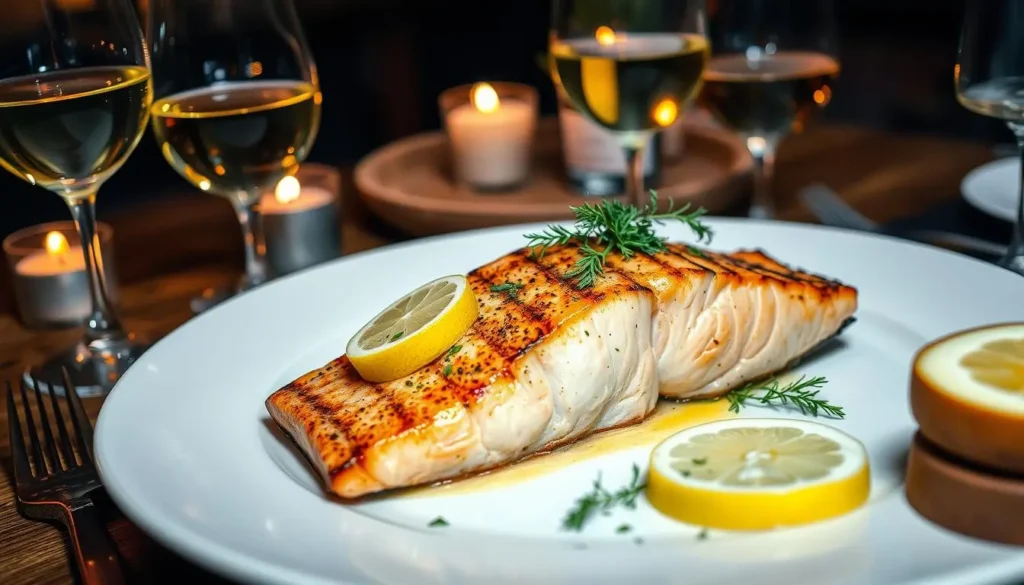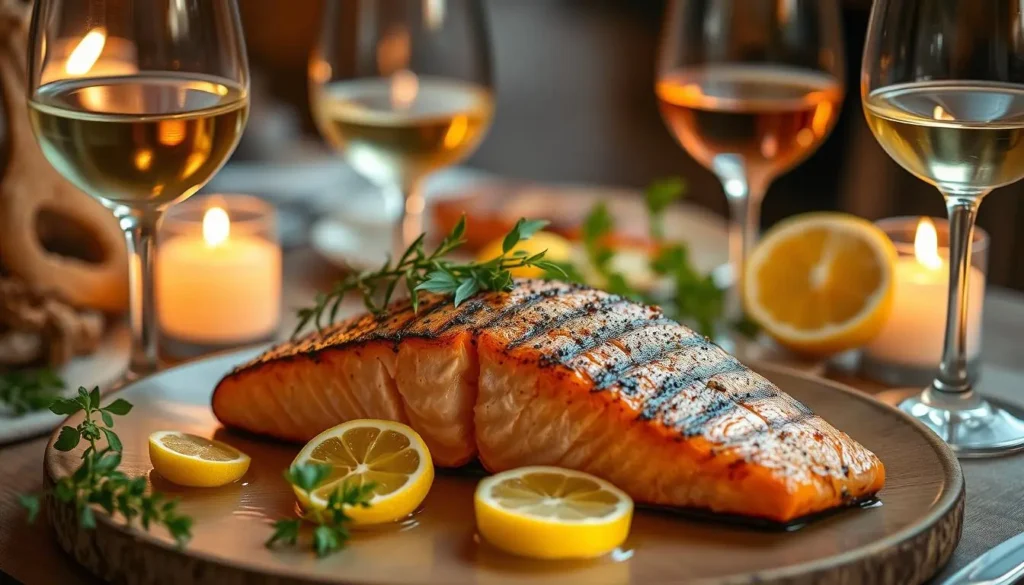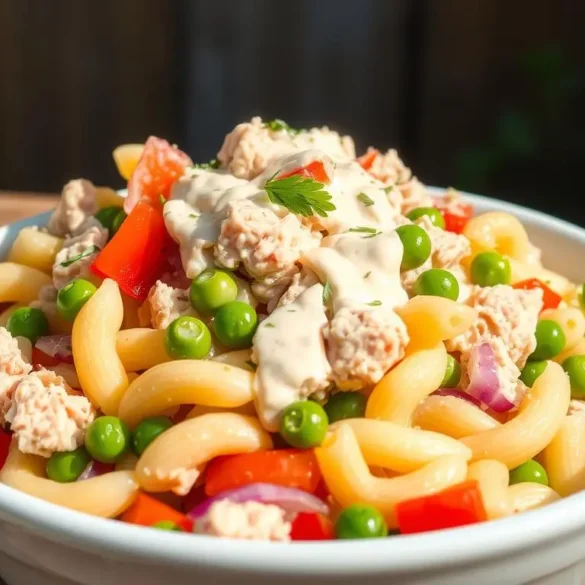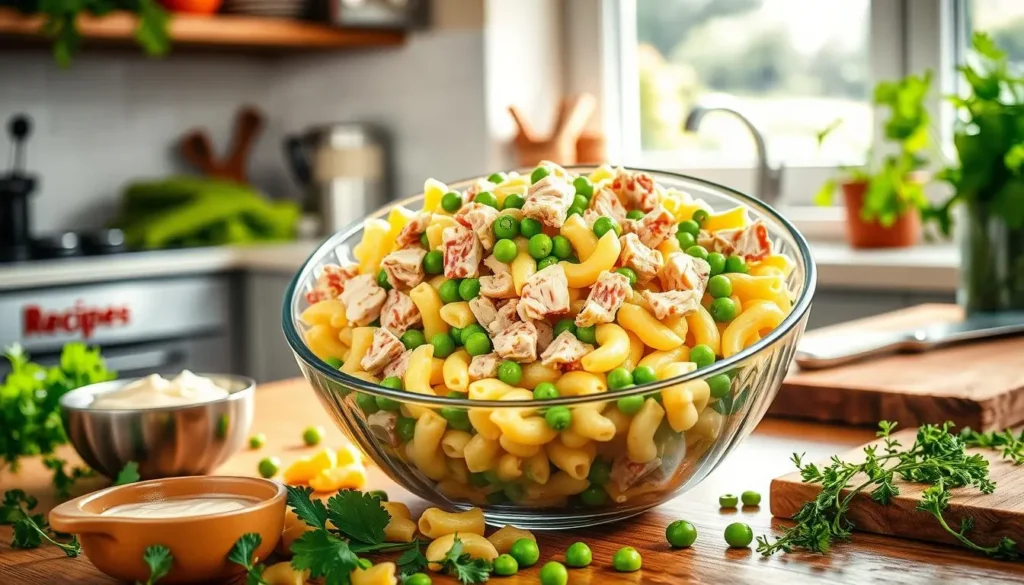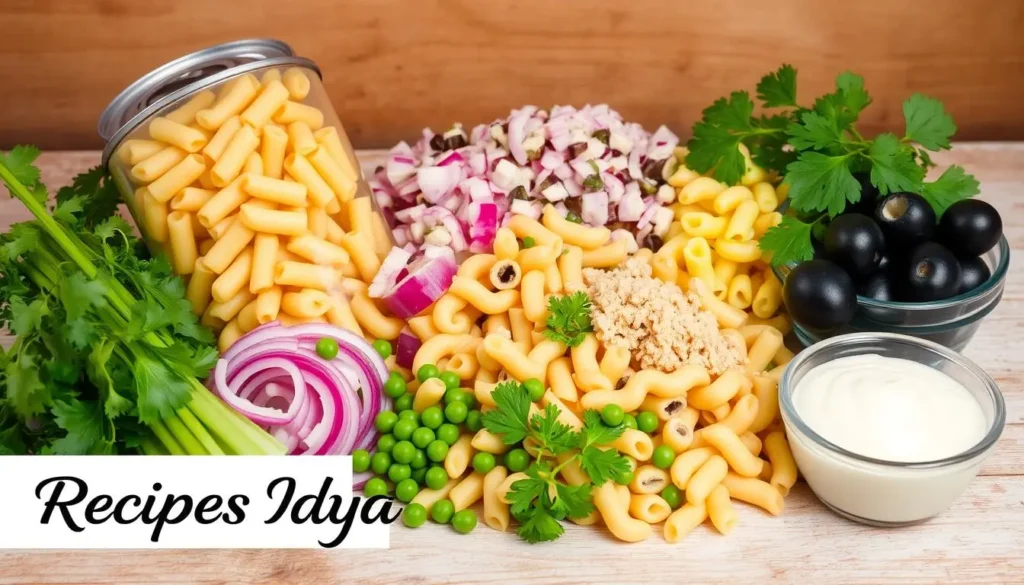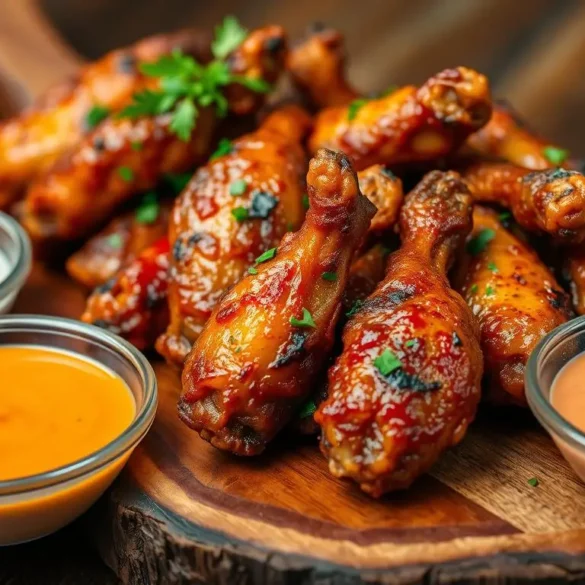
Ingredients
- 10-12 chicken wings
- 2 tablespoons olive oil
- 1 teaspoon garlic powder
- 1 teaspoon onion powder
- 1/2 teaspoon paprika
- Salt and pepper to taste
- 1/2 teaspoon dried thyme or rosemary (optional)
Instructions
Preheat your oven to 400°F (200°C). Line a baking sheet with parchment paper or foil. Pat the chicken wings dry with paper towels to ensure they get crispy when baked. In a large bowl, toss the chicken wings with olive oil, garlic powder, onion powder, paprika, salt, and pepper. Arrange the wings in a single layer on the prepared baking sheet. Bake for 25-30 minutes, flipping halfway through, until the wings are golden and crispy. Optional: Sprinkle with dried thyme or rosemary for added flavor. Remove from the oven and serve hot with your favorite dipping sauce.
Notes
For extra crispy wings, you can broil them for the last 2-3 minutes of cooking. Serve with ranch or blue cheese dressing for dipping.
Table of Contents
Ever wondered why restaurant-style chicken wings are hard to make at home? Making the ultimate chicken wings recipe is actually quite simple.

Creating an easy chicken wings recipe doesn’t need fancy chef skills. It’s perfect for game day or a family dinner. Baked chicken wings can make your meal special.
This guide will show you how to make crispy, flavorful wings at home. No deep fryer is needed. Just simple ingredients, smart techniques, and passion for cooking.
Key Takeaways
- Baked wings can be just as delicious as fried wings
- Anyone can master a professional-quality chicken wings recipe
- Simple techniques make crispy wings achievable at home
- Versatile dish perfect for multiple occasions
- Healthier alternative to traditional deep-fried wings
Introduction to Baked Chicken Wings
Chicken wings are a favorite dish that brings people together. Baking them is a healthier, easier way to cook than frying. The best chicken wings recipe is about making a tasty, nutritious meal that’s simple to make.
Cooking wings in the oven has many benefits. It makes them a great choice for your next meal. Let’s see why baked chicken wings are so special.
What Makes Baked Wings Special?
Baked chicken wings become amazing with a few techniques. The recipe helps you get a crispy outside and a juicy inside.
- Healthier cooking method with less oil
- Consistent heat distribution
- Easy cleanup compared to frying
- More control over seasoning
Benefits of Baking Over Frying
Baking is a smart choice for your health. Fried wings can be greasy, but baked wings are lighter. They still taste great.
| Cooking Method | Calories | Fat Content | Preparation Time |
|---|---|---|---|
| Deep Frying | 400-500 calories | High | 30-45 minutes |
| Baking | 250-350 calories | Low | 45-60 minutes |
“Baking chicken wings is not just a cooking method—it’s a healthier lifestyle choice.” – Culinary Expert
Understanding baking’s benefits will change your wing-cooking game. You’ll impress everyone with delicious, crispy, and healthier chicken wings.
Essential Ingredients for Chicken Wings
Starting a homemade chicken wings recipe means picking the right ingredients. Whether it’s a classic or spicy recipe, the ingredients’ quality is key. It can make or break your dish.

Choosing the right chicken wings is crucial. You’ll find three main types in most stores:
- Whole Wings: Includes the drumette, flat, and tip sections
- Drumettes: The meatier, drumstick-like portion of the wing
- Flats: The middle section with two parallel bones
Selecting the Best Wing Cuts
Most home cooks prefer drumettes or flats for their recipes. These cuts are easier to eat and cook evenly. Fresh, high-quality chicken is vital for the best flavor and texture.
Spices and Marinades That Elevate Your Wings
A great spicy chicken wings recipe needs the right spices and marinades. Here are some must-haves:
- Paprika
- Garlic powder
- Cayenne pepper
- Black pepper
- Salt
“The secret to amazing wings is in the seasoning!” – Professional Chef
Pro tip: For the best flavor, marinate your wings for at least 2 hours before cooking. This lets the spices soak into the meat, enhancing the taste.
Preparing Chicken Wings for Baking
Starting with the right preparation is key to a great easy chicken wings recipe. The right steps can turn simple chicken wings into a dish that wows everyone. It will also make your taste buds happy.
Cleaning Your Chicken Wings
Cleaning your chicken wings is the first step. Here’s what you need to do:
- Rinse wings under cold water
- Pat completely dry with paper towels
- Remove any loose feathers
- Trim excess fat if necessary
“The key to crispy wings is removing excess moisture” – Professional Chef
Mastering Even Seasoning Techniques
Even seasoning is crucial for a tasty easy chicken wings recipe. Here’s how to do it right:
- Use a large mixing bowl or resealable plastic bag
- Spread seasonings evenly
- Massage spices into wing surface
| Seasoning Method | Pros | Cons |
|---|---|---|
| Bowl Mixing | Even coverage | More dishes to clean |
| Plastic Bag | Easy cleanup | Less precise coating |
Pro tip: Let seasoned wings sit for 15-30 minutes before baking to enhance flavor absorption.
Choosing the Right Baking Method
Getting your baked chicken wings just right means knowing the best baking techniques. The method you pick can really change how crispy and tasty your wings are.

How you bake your chicken wings is very important. Different ways can turn your wings from good to great.
Baking on a Rack vs. Directly on a Tray
Your choice of baking surface is key for crispy chicken wings. Here’s what you need to know:
- Baking Rack: Allows air to circulate, making wings more even crispy
- Direct Tray Baking: Can make bottoms soggy and cooking uneven
“The secret to perfect wings is all in the technique” – Professional Chef
Foil vs. Parchment Paper: Choosing Your Surface
Choosing the right baking surface is crucial for your chicken wings:
- Parchment Paper: Non-stick, easy to clean, helps wings get crispy
- Aluminum Foil: Reflects heat, can cause uneven cooking
Pro tip: For the crispiest wings, use a wire rack on a baking sheet. This method ensures great air circulation and fat rendering, giving you that perfect crispy exterior.
Cooking Temperatures and Times
Mastering the art of baking chicken wings requires precise temperature control and timing. Your best chicken wings recipe depends on understanding how heat transforms these tasty morsels into crispy, delectable treats.
Achieving the perfect chicken wings recipe isn’t just about throwing them in the oven. Temperature and cooking time are critical factors that determine your wings’ texture and flavor.
Ideal Temperature for Crispy Wings
The secret to crispy wings lies in high-heat baking. Professional chefs recommend:
- Preheating your oven to 425°F (218°C)
- Maintaining consistent oven temperature
- Using a reliable meat thermometer
Cooking Times Based on Wing Size
Different wing sizes require varied cooking durations. Here’s a comprehensive guide to help you nail your best chicken wings recipe:
| Wing Size | Cooking Time | Internal Temperature |
|---|---|---|
| Small Wings (2-3 oz) | 35-40 minutes | 165°F (74°C) |
| Medium Wings (3-4 oz) | 40-45 minutes | 165°F (74°C) |
| Large Wings (4-5 oz) | 45-50 minutes | 165°F (74°C) |
“The key to perfect wings is patience and precision.” – Culinary Expert
Pro tip: Always let your wings rest for 5-10 minutes after baking to lock in those delicious juices and ensure maximum crispiness.
Flavoring Your Chicken Wings
To turn a simple homemade chicken wings recipe into a flavor explosion, you need creativity and the right techniques. Whether you want a classic spicy chicken wings recipe or something new, knowing about marinades and dry rubs can make a big difference.
Marinades and dry rubs are key to making delicious chicken wings. They add deep flavors that can completely change how you enjoy your wings.
Classic Marinades to Try
- Buffalo-style hot sauce
- Honey garlic glaze
- Korean gochujang sauce
- Teriyaki blend
Unique Flavor Combinations
Want to try something new with your homemade chicken wings recipe? Here are some unique flavor combinations:
- Maple bourbon dry rub
- Lemon pepper seasoning
- Jamaican jerk spice blend
- Sriracha honey glaze
| Flavor Category | Key Ingredients | Flavor Profile |
|---|---|---|
| Spicy | Cayenne, Paprika, Hot Sauce | Intense Heat |
| Sweet | Honey, Brown Sugar, Maple Syrup | Rich Sweetness |
| Tangy | Vinegar, Citrus, Mustard | Sharp Brightness |
“The secret to great wings is layering flavors and being bold with your seasonings.” – Professional Chef
Creating a spicy chicken wings recipe doesn’t have to be hard. Start with basic spices and add more complexity as you go. Remember, marinating for at least 30 minutes can really boost the flavor of your wings.
Crispy Skin Secrets
To get perfect crispy chicken wings, you need some insider tips. Baked wings can be as tasty as fried ones with the right techniques. These methods help you achieve that crunchy texture everyone loves.
For incredibly crispy baked chicken wings, a few simple steps are crucial. You want to get rid of moisture and make the wings crunchy like deep-fried ones.
Game-Changing Crunch Techniques
- Pat wings completely dry with paper towels
- Use baking powder as a secret weapon
- Allow wings to air-dry in the refrigerator
- Space wings evenly on a wire rack
Baking Powder: The Crispy Skin Miracle
Baking powder is a game-changer for crispy chicken wings. It breaks down proteins on the skin’s surface. This creates tiny bubbles for an extra-crispy outside.
“The key to restaurant-quality crispy wings is understanding the science behind skin texture.” – Professional Chef
| Technique | Crispiness Impact |
|---|---|
| Baking Powder Coating | High Crispiness |
| Refrigerator Drying | Medium-High Crispiness |
| Paper Towel Drying | Medium Crispiness |
For the best baked chicken wings, use 1 teaspoon of baking powder per pound. Sprinkle it evenly and let the wings sit uncovered in the fridge for at least an hour before baking.
Pro Tips for Maximum Crunch
- Use aluminum-free baking powder
- Avoid using baking soda, which can taste bitter
- Flip wings halfway through cooking
- Finish with a quick broil for extra crispiness
Remember, patience is key when creating the ultimate crispy chicken wings at home!
Saucing Your Wings
The final touch to any great chicken wings recipe is the sauce. Your easy chicken wings recipe isn’t complete without the perfect coating. This turns simple baked wings into a flavor explosion. Saucing is an art that can elevate your dish from good to unforgettable.
Picking the right sauce can make or break your wing experience. The best chicken wings recipe incorporates sauces that complement the crispy baked exterior. They add depth of flavor.
Popular Sauce Choices
- Classic Buffalo: Tangy and spicy, perfect for traditionalists
- Honey BBQ: Sweet with a smoky undertone
- Garlic Parmesan: Rich and creamy
- Korean Gochujang: Spicy and slightly sweet
Sauce Application Techniques
When it comes to applying sauce to your chicken wings recipe, timing is crucial. For maximum crispiness, wait until the wings are fully baked and hot. You have two primary methods:
- Tossing: Place wings in a large bowl and coat evenly
- Brushing: Use a silicone brush for precise application
“The secret to great wings is not just the recipe, but how you sauce them!” – Chef’s Pro Tip
Pro tip for your easy chicken wings recipe: Always serve extra sauce on the side. This allows guests to customize their wing experience. It ensures everyone gets their perfect level of sauciness.
Serving Suggestions
Improving your best chicken wings recipe is more than just cooking. The right way to serve them can turn a simple meal into a memorable experience. Your homemade chicken wings should be the star with creative serving ideas that impress everyone.
Perfect Dips and Side Companions
Choosing the right dips can make your chicken wings stand out. Here are some tasty options:
- Classic blue cheese dressing
- Creamy ranch sauce
- Spicy sriracha mayo
- Tangy honey mustard
Creative Serving Techniques
There are many ways to serve your best chicken wings recipe:
- Wing platter with different flavors
- Wing-topped salad for a lighter option
- Wrapped in warm tortillas for a unique twist
- Appetizer-style mini skewers
“Great wings are about flavor, presentation, and imagination!” – Chef Michael Rodriguez
Beverage Pairings
Pair your homemade chicken wings with refreshing drinks. Cold beer, crisp white wine, or zesty craft sodas can boost the flavor.
Serving chicken wings is an art. Try different ways and find what suits your taste and audience.
Storing Leftover Chicken Wings
Enjoying your crispy chicken wings recipe is just the start. Knowing how to store and reheat them is key. This way, you can enjoy every last bite. Proper storage keeps your wings safe and tasting great.
When refrigerating leftover chicken wings, pay close attention. This ensures they stay fresh and safe to eat.
Refrigeration Best Practices
- Cool wings to room temperature within 2 hours of cooking
- Store in an airtight container
- Refrigerate at 40°F or below
- Consume within 3-4 days for optimal taste
Reheating for Maximum Crispiness
Reheating chicken wings can be a challenge. But with the right methods, you can keep them crispy.
| Reheating Method | Temperature | Time | Crispiness Level |
|---|---|---|---|
| Oven | 350°F | 10-15 minutes | High |
| Air Fryer | 375°F | 3-4 minutes | Excellent |
| Toaster Oven | 375°F | 8-10 minutes | Good |
“The key to great reheated wings is low and slow heating to preserve that crispy exterior.” – Culinary Expert
For crispy chicken wings, avoid microwaving. It can make them soggy. Instead, use the oven or air fryer to get that crunch back.
Freezing Options
Freezing is a great way to keep your chicken wings fresh longer. Wrap them tightly in freezer-safe containers or bags. Remove as much air as you can. They can last up to 4 months in the freezer.
Always label your containers with the date to keep track of storage time!
Common Mistakes to Avoid
Getting your baked chicken wings just right means avoiding some common mistakes. These errors can turn your dish into a letdown. Knowing what to watch out for will help you make wings that everyone will love.
Perfect baked chicken wings are more than just tossing ingredients in the oven. Beginners often make mistakes that affect the taste and texture. It’s important to avoid these errors to make great wings.
Overcooking and Undercooking Challenges
The biggest challenge is getting the wings cooked just right. If they’re overcooked, they become dry and tough. Undercooked wings are not safe to eat.
- Use a meat thermometer to ensure internal temperature reaches 165°F
- Check wings at the thickest part of the meat
- Rotate baking sheet midway through cooking for even heat distribution
The Critical Drying Step
Many people forget to dry the chicken wings before baking. This step is key for crispy skin.
| Mistake | Consequence | Solution |
|---|---|---|
| Wet Wings | Soggy, Rubbery Skin | Pat dry with paper towels |
| Overcrowded Pan | Steamed Instead of Crispy | Use larger baking sheet, space wings apart |
| Wrong Oven Temperature | Uneven Cooking | Preheat to 425°F |
“Cooking is about precision, especially with chicken wings. Every detail matters.” – Professional Chef
Creating perfect baked chicken wings is an art that needs practice and focus. By avoiding these mistakes, you’ll improve your wing-making skills. You’ll make delicious, crispy wings every time.
Conclusion: Enjoying Your Baked Chicken Wings
Learning to make tasty chicken wings takes time, but you now have the skills. You can make wings like a pro, whether you bake them or use an air fryer. These techniques will make cooking at home better.
Don’t stop trying new things with your wings. Try different marinades, spices, and cooking ways. Each time you make wings, you get better and find new flavors to love.
Final Tips for Perfect Wings
Keep a few things in mind: dry your wings well, season them right, and watch the temperature. With these tips, you’ll get crispy skin and juicy meat. Feel free to change recipes to fit your taste.
Encouragement to Experiment with Recipes
Start with what you’ve learned and get more confident. Your homemade wings can be a hit at any event. Keep trying new things and enjoy the tasty results of your cooking.
FAQ
How long do I need to bake chicken wings to make them crispy?
Bake chicken wings at 425°F for 45-50 minutes, flipping them halfway. Make sure the inside is 165°F and the skin is golden and crispy. A baking powder coating can make them even crisper.
Can I make chicken wings ahead of time?
Yes, you can prep chicken wings ahead. Marinate them up to 24 hours before or cook them partially and finish just before serving. Store cooked wings in a sealed container in the fridge for 3-4 days.
What’s the best way to get crispy skin without deep frying?
For crispy skin, pat the wings dry, use baking powder, and bake on a wire rack. Start at 250°F, then finish at 425°F to crisp the skin.
Are baked chicken wings healthier than fried wings?
Yes! Baked wings are much healthier than fried ones. They have less oil, which means fewer calories and fats. A baked wing has 50-70 calories less than a fried one.
How do I prevent my chicken wings from becoming dry?
To keep wings juicy, don’t overcook them. Use a thermometer to check for 165°F. Marinate, use baking powder, and don’t overcrowd the baking sheet.
Can I make chicken wings in an air fryer?
Yes, air fryers are great for wings! Cook at 380°F for 20-25 minutes, shaking halfway. They’re crispy with less oil and cook faster than baking.
What are some unique wing flavor ideas beyond traditional buffalo sauce?
Try flavors like Korean gochujang, honey sriracha, lemon pepper, garlic parmesan, Caribbean jerk, teriyaki, or maple bourbon. Experiment with spices and ingredients to create your own wing recipe.
How far in advance can I season my chicken wings?
Season wings up to 24 hours before. For best flavor, marinate or rub with dry spices 2-4 hours before. Use salt-based seasonings just before cooking to avoid drying out the wings.
What’s the best way to reheat leftover chicken wings?
Reheat in an oven or air fryer at 350°F for 10-15 minutes. Microwaves can make wings soggy. Brush with sauce if they’re dry to add moisture.
Do I need to use a wire rack when baking chicken wings?
A wire rack isn’t necessary but helps with even cooking and crispier skin. Without a rack, use parchment paper and flip the wings halfway for good results.




